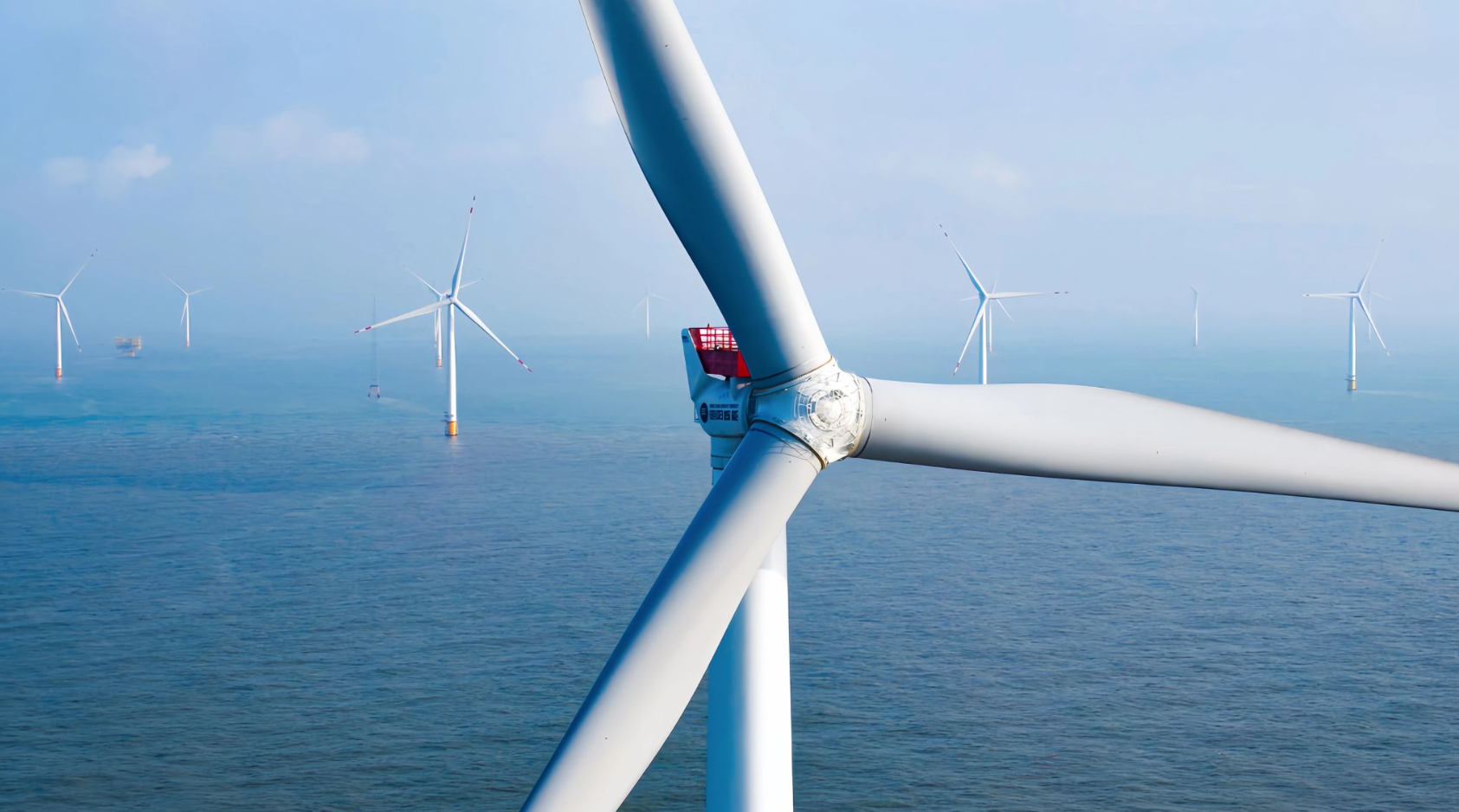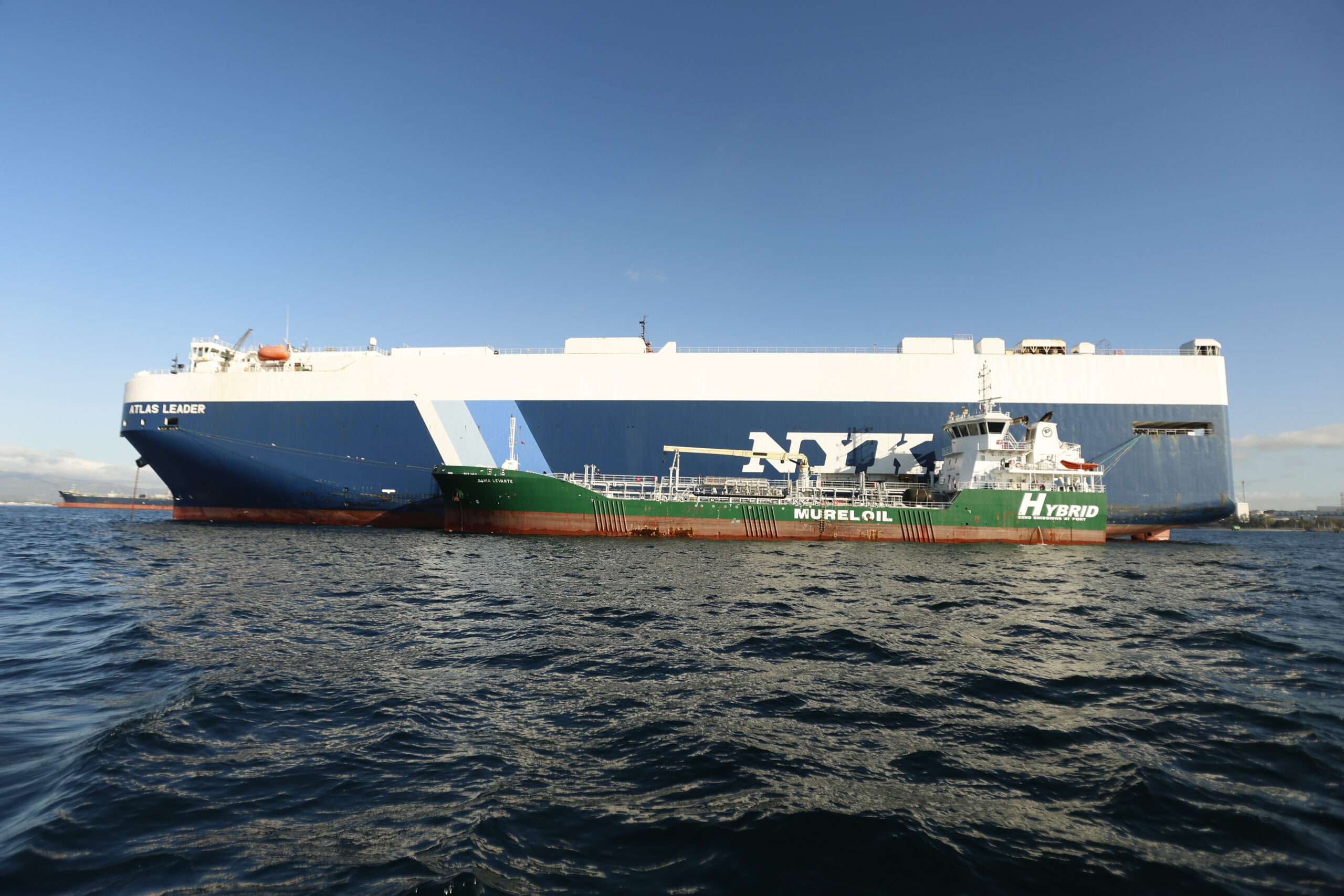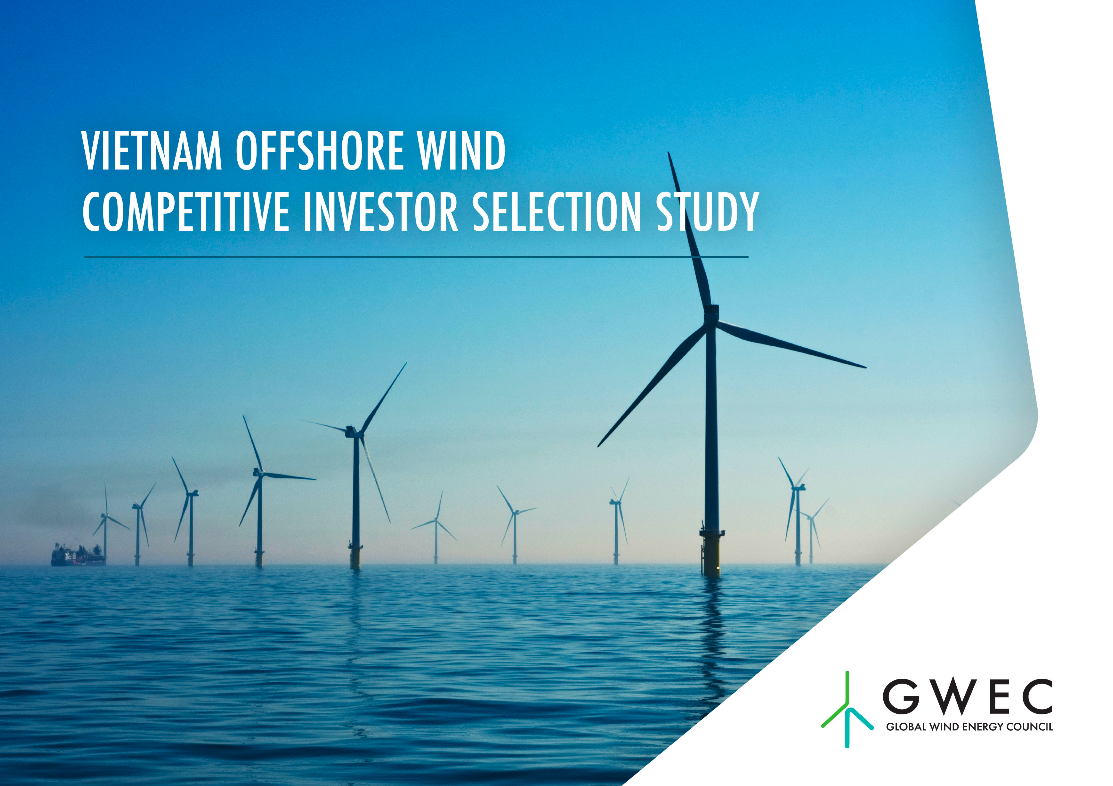
Things have become quiet in H2 mobility. At the cafe tables and also on Facebook, the topic of fuel cell versus battery-powered vehicles is discussed much less frequently and more subdued than it was two years ago, since it is gradually starting to sink in that hydrogen cars will not be available at first in large numbers.
At the earliest the end of this decade – probably more in the 30’s – could the topic of H2 cars become relevant again. Until then, Toyota und Hyundai – the only two relevant providers in this sector – have to see how they can get by with the slowly growing H2 refueling station network (see p. 32) and also the low demand.
The German transport ministry’s progressive move away from hydrogen technology with the planned conversion of NOW GmbH into an electromobility agency (see p. 6) is just one example of many.
The topic of hydrogen vehicles has not completely been abandoned, however, since something is brewing in the commercial vehicle sector, even if only slowly. The large corporations are rather cautious, but medium-sized companies are making moves. For example, this summer, FES GmbH Fahrzeug-Entwicklung Sachsen from Zwickau showed what’s going on. In the presence of the minister-president of Sachsen Michael Kretschmer as well as the former federal transport minister Andreas Scheuer, the eastern German company had a fuel cell truck drive out of the factory gate from which Trabants used to roll.
It is not surprising that technological leaps are more likely to be initiated by smaller players: They are the ones who act somewhat flexibly and react more quickly to changes in the market – in the case of FES because the company owner has been won over by hydrogen and is pushing the development of its know-how in the subject.
Large corporations, on the other hand, boast of innovative-looking prototypes at vehicle trade fairs such as the IAA, but hardly put any of it on the road – not for years (except Hyundai). Instead, they’re attaching themselves to extravagant technologies (e.g. liquid hydrogen, LH2) that require an entire infrastructure of their own and thus slow down the expansion of the pressurized hydrogen infrastructure, because the decision-makers are still unsure which horse they should bet on.
As long as it is not clear whether LH2 or GH2 will prevail and what ranges will be possible with solid-state batteries, there will be no noticeable progress – neither in the development of infrastructure nor in the development of production capacities for electric commercial vehicles.
Ultimately, only medium-sized businesses or start-ups can change this. The big players are too committed to the well-being of shareholders and are relying on the income from the current business model rather than changing fundamental things. Any cleanroom discussions at the European level won’t help either, because only lip service is paid there, while no concrete investment decisions are made.
Movement will only come into the system when a courageous start-up comes around the corner with a disruptive technology or a medium-sized company comes up with a new business concept. For example, if someone comes up with the idea of simply replacing entire electric tractors when their batteries are empty, just as horses used to be changed on carriage rides so that the brisk tour could continue.
The idea of battery changing stations failed years ago in Europe because German car manufacturers didn’t want to let anyone touch their hardware. But if a trucker after a coffee break simply had the trailer pulled on by an electric truck with a fully charged battery, there would be neither range restrictions nor hardware problems with the manufacturers.
Even if this idea cannot be implemented directly – usually, disruptive concepts do not arise from backward-looking, traditional companies, but especially from dynamic players who overcome rigid thought structures and think about the needs of future generations in truly innovative ways.
But until that happens, we will probably have to watch the chicken-and-egg game for a while longer and see how the H2 infrastructure development progresses just as sluggishly as the development of production capacities for fuel cell-powered commercial vehicles.








